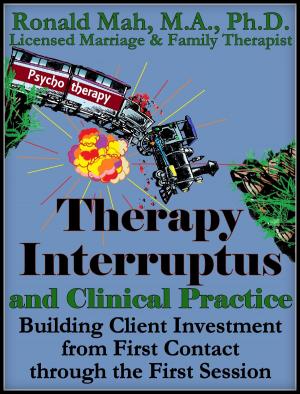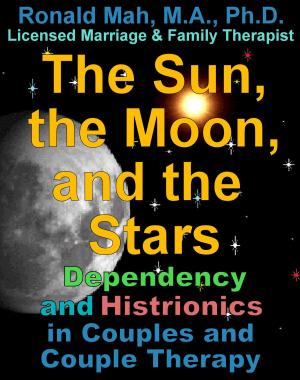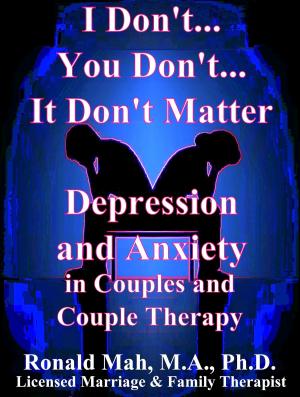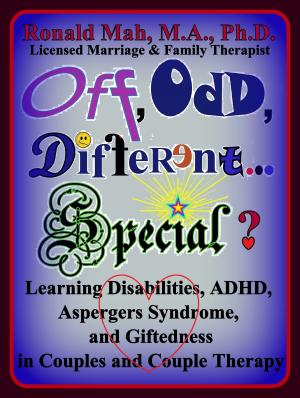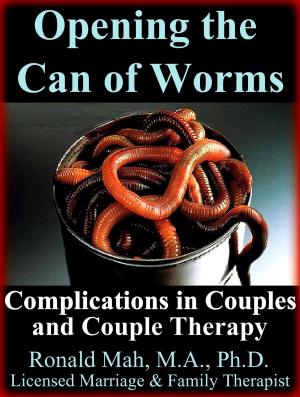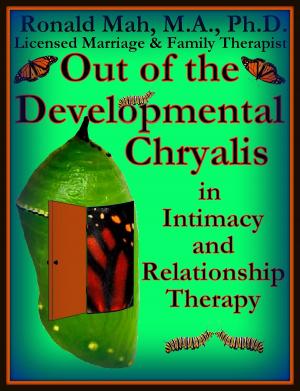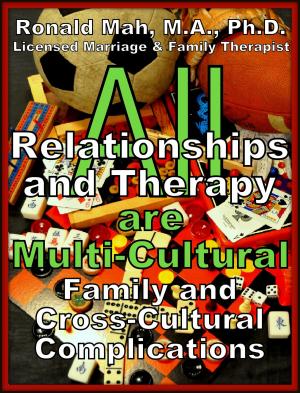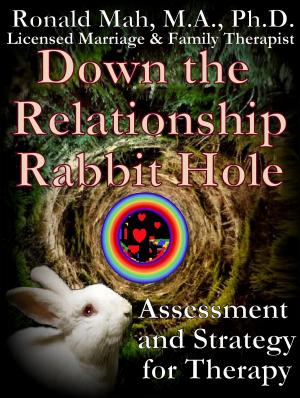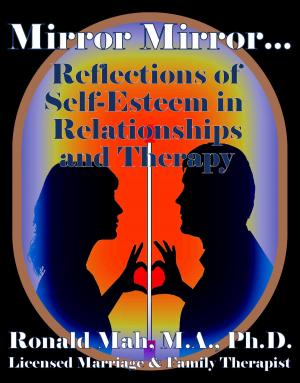Out of the Monkey Trap, Breaking Negative Cycles for Relationships and Therapy
Nonfiction, Health & Well Being, Psychology, Counselling, Psychotherapy| Author: | Ronald Mah | ISBN: | 9781310008726 |
| Publisher: | Ronald Mah | Publication: | January 30, 2014 |
| Imprint: | Smashwords Edition | Language: | English |
| Author: | Ronald Mah |
| ISBN: | 9781310008726 |
| Publisher: | Ronald Mah |
| Publication: | January 30, 2014 |
| Imprint: | Smashwords Edition |
| Language: | English |
“Out of the Monkey Trap, Breaking Negative Cycles for Relationships and Therapy.” Therapists can help clients break repetitious cycles of negative behavior in dysfunctional relationships through using strategic principles. Individuals' experiences are to being stuck riding a personal train of intimacy pain suffered in such relationships. Similar to getting out of the trap by getting the monkey to release its grip on a seemingly essential fruit, therapists help clients recognize how they keep themselves stuck. In addition to strategic therapy, therapists will learn how many theories and therapies also target harmful relationship and life patterns that require interruption. These principles and strategies commonly used to address systemic issues in couples and families are also applicable for individual therapy. Intrapsychic confusion because of various internalized personas, values, embedded cultural and family-of-origin models, and social and relationship demands create personal conflict that can cycle relentlessly and fruitlessly within an individual.
Therapists will learn two important strategies for healing and growth. The first is identification of positive patterns to perpetuate and accentuate that lead to productive choices and behaviors for the individual intrapsychically and for couples and families. Simultaneously, therapists should guide clients to also identify negative patterns to eliminate or minimize that continually cause stagnation and harm. Together these strategies lead to improving emotional well-being and intimacy. A basic plan, basic questions, six-step and nine-step treatment plans, guidance on interrupting the pattern, techniques from strategic principles of therapy, as well as the use of humor are presented. Therapists are directed to identify five elements in the personal process: another's behavior, interpretation, harm experienced, personal effects, and response that become strategic points for intervention. Assessment focuses on six common indicators that suggest the application of strategic principles for therapeutic intervention: cyclical behavior patterns, stereotyped perception or lack of perceptual flexibility, lack of cognitive insight, presence of unacknowledged implicit values, and authoritarian traditions or patterns.
Therapists learn assessment and application of first order and second order change principles for addressing entrenched dysfunctional behaviors in individuals, couples, or families. Therapy from conceptualization and assessment, as well as facilitating crises are discussed to reduce client resistance, increase health, and prompt second order change. Therapists learn how as the monkey squeezes the fruit harder, pulls harder and more frantically, individuals, couples, and families intensify already ineffective processes in frustrating and failed attempts at first order change. Therapy becomes like the monkey who releases the golden fruit to reach towards more a more enticing reward and almost magically frees itself, as it shifts clients fundamentally to become unstuck through second order change.
“Out of the Monkey Trap, Breaking Negative Cycles for Relationships and Therapy.” Therapists can help clients break repetitious cycles of negative behavior in dysfunctional relationships through using strategic principles. Individuals' experiences are to being stuck riding a personal train of intimacy pain suffered in such relationships. Similar to getting out of the trap by getting the monkey to release its grip on a seemingly essential fruit, therapists help clients recognize how they keep themselves stuck. In addition to strategic therapy, therapists will learn how many theories and therapies also target harmful relationship and life patterns that require interruption. These principles and strategies commonly used to address systemic issues in couples and families are also applicable for individual therapy. Intrapsychic confusion because of various internalized personas, values, embedded cultural and family-of-origin models, and social and relationship demands create personal conflict that can cycle relentlessly and fruitlessly within an individual.
Therapists will learn two important strategies for healing and growth. The first is identification of positive patterns to perpetuate and accentuate that lead to productive choices and behaviors for the individual intrapsychically and for couples and families. Simultaneously, therapists should guide clients to also identify negative patterns to eliminate or minimize that continually cause stagnation and harm. Together these strategies lead to improving emotional well-being and intimacy. A basic plan, basic questions, six-step and nine-step treatment plans, guidance on interrupting the pattern, techniques from strategic principles of therapy, as well as the use of humor are presented. Therapists are directed to identify five elements in the personal process: another's behavior, interpretation, harm experienced, personal effects, and response that become strategic points for intervention. Assessment focuses on six common indicators that suggest the application of strategic principles for therapeutic intervention: cyclical behavior patterns, stereotyped perception or lack of perceptual flexibility, lack of cognitive insight, presence of unacknowledged implicit values, and authoritarian traditions or patterns.
Therapists learn assessment and application of first order and second order change principles for addressing entrenched dysfunctional behaviors in individuals, couples, or families. Therapy from conceptualization and assessment, as well as facilitating crises are discussed to reduce client resistance, increase health, and prompt second order change. Therapists learn how as the monkey squeezes the fruit harder, pulls harder and more frantically, individuals, couples, and families intensify already ineffective processes in frustrating and failed attempts at first order change. Therapy becomes like the monkey who releases the golden fruit to reach towards more a more enticing reward and almost magically frees itself, as it shifts clients fundamentally to become unstuck through second order change.


